Drilling Marine Corps reservists across the command’s components may see an increased emphasis on job proficiency and readiness as Marine Corps Reserve Command prepares for wide-ranging mobilization exercises set to begin next year.
Speaking at the Modern Day Marine Expo in Washington, D.C., on Tuesday, Reserve operational planner Lt. Col. Doug Toulotte said the exercises — the first of their kind in decades — will kick off no later than the fourth quarter of fiscal 2026, stress-testing the Corps’ ability to mobilize its select reserve component in the event of a major military contingency.
Toulotte noted that the last Defense Department-wide reserve mobilization plan was completed in 1988, and the last study on reserve mobilization was published in 1947, leaving the Defense Department and the services with significant unknowns about how moving reserve forces into the active ranks en masse would work in practice, and how the active components would receive, train and integrate them.
Compared with the start of the Korean War in 1950 — Toulotte’s case study for a successful mass mobilization — today’s Marine Corps has a slightly larger combined Reserve and active component: approximately 250,000 Marines now, compared with about 204,000 then, he said. But the Marine Reserve now has just eight infantry battalions, compared to 26 then, and one fighter squadron, compared to 30 then.
“To put this in the context of the Reserve component training on modern equipment, the active component will have had the F-35 for 17 years before the first one is seen in the Reserve component,” Toulotte said. “So if we were to throw the switch today like we did in 1950, our ability to seamlessly integrate the Reserve component rapidly would likely be jeopardized in some very critical areas, because you’re going to have to wall off time to train the Reserve component that will delay force flow.”
While smaller-scale mobilization exercises have taken place more recently, and the Individual Ready Reserve holds routine musters to monitor responsiveness, Toulotte said nothing from the recent past can compare to the exercises Marine Corps Reserve Command is now planning.
“I would say it’s probably the first time since the beginning of [Operation Enduring Freedom in 2003] that we’ve deliberately looked at this: How can we speed the response of the Reserve component in response to a peer threat?” he told Marine Corps Times.
The nature of the drills is still in planning; Toulotte said the first one is likely to be small. But they will test, he said, how quickly units can aggregate together with all the fighting gear they need for deployments.
Compared with the norm in previous years, when Reserve component activations for deployments may be planned years in advance, “our exercises are going to test our ability to get those units aggregated quickly,” he said.
“Not just the personnel, because oftentimes, over the last 20 to 25 years, we would just send our personnel forward and they would fall in on the equipment forward. We’re assuming that that won’t be the case. So what we’re driving towards is, how do we pick up all of our people, all of our equipment, and push that forward to wherever the active component tells us we need to go.”
The Marine Reserve, Toulotte said, is also seeking to add the ability to activate as a component of readiness scoring in the military-wide Defense Readiness Reporting System.
Selected Reserve component Marines can expect to see drill days more closely focused on training for deployment readiness and job proficiency, Toulotte said.
“How do we get out the door as fast as possible? That’s fundamentally going to change, potentially, annual training plans, things at the unit level that they’re focusing on,” he said. “And so it should be, potentially, a breath of fresh air for the Reserve Marines, because we’re going to get back to the war-fighting basics of their [military occupational specialty] and their unit.”
Toulotte stressed that the entire Defense Department needed to undertake similar mobilization tests to ensure that mass Reserve activation in case of crises was successful.
“These are isolated initiatives, and we need to look at this from a joint force,” Toulotte said. “If we don’t, and we enter protracted, pure conflict, and it’s in response to an enemy that is moving on its objectives quickly, our force flow will be delayed and will be at risk of preventing the enemy from gaining those objectives.”
Read the full article here

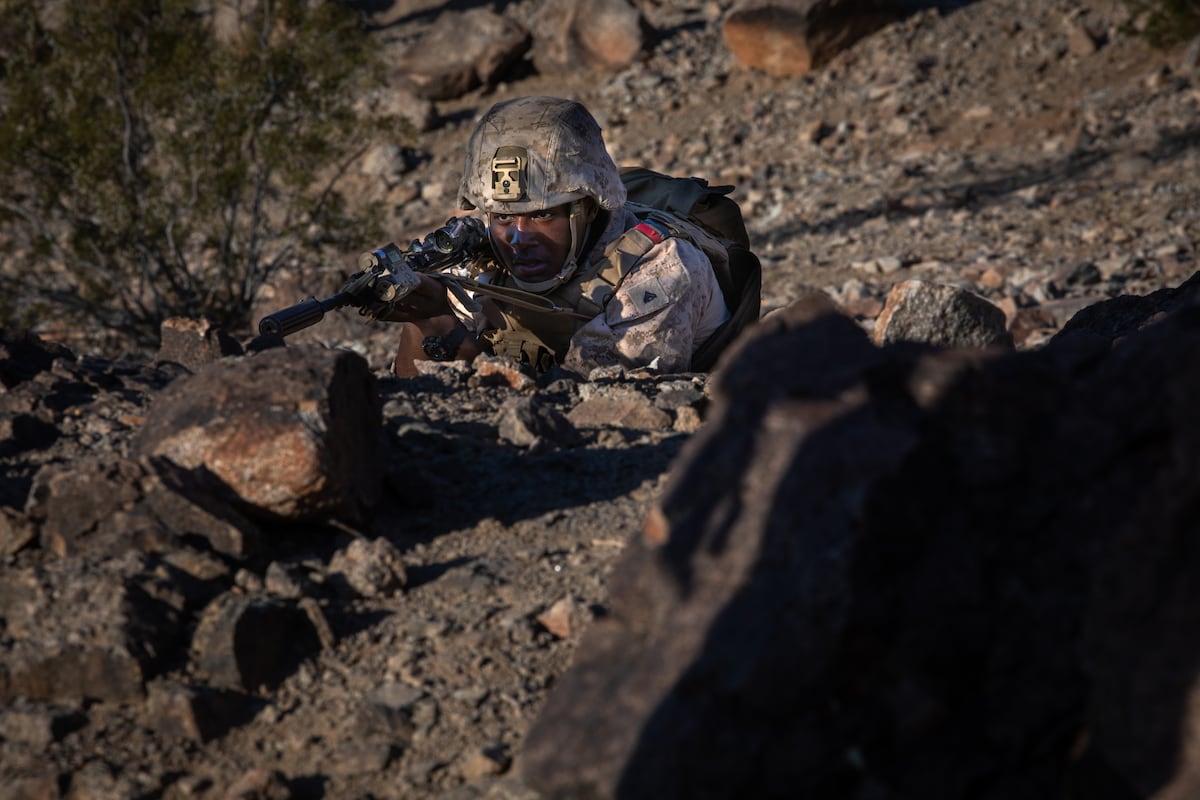
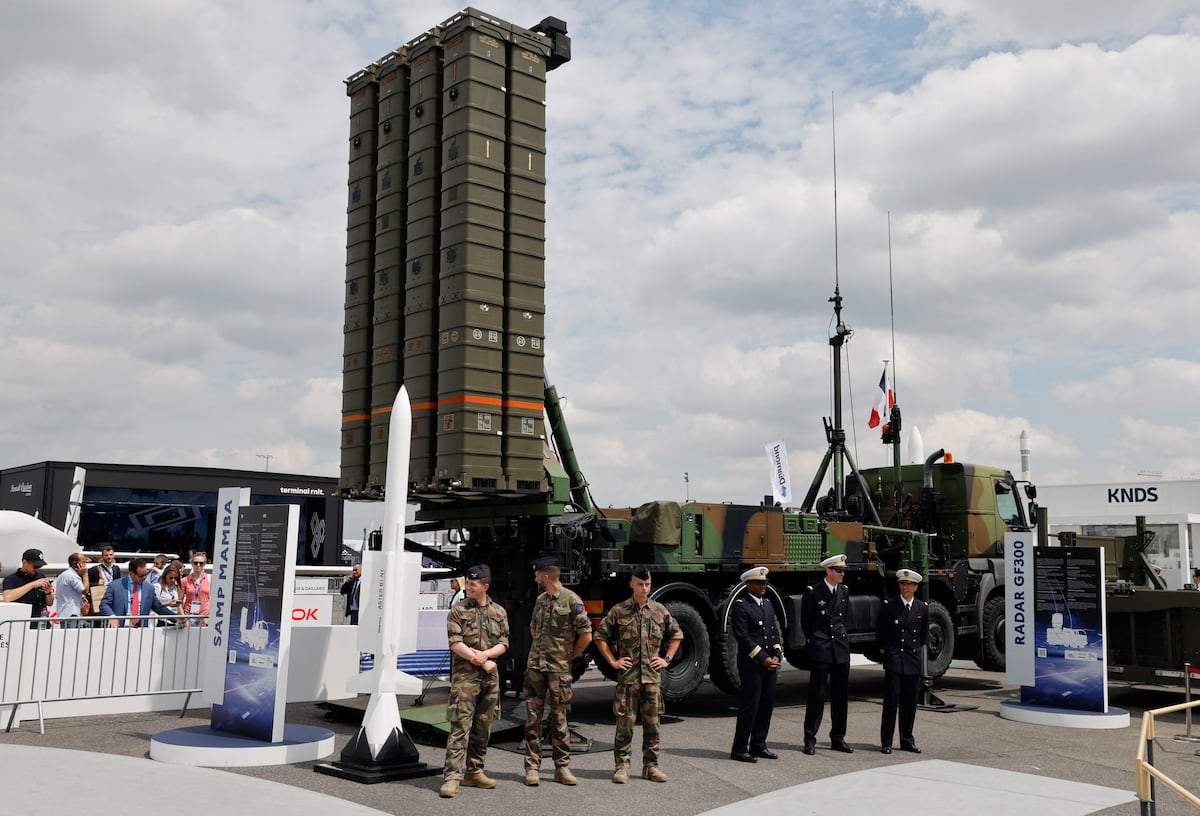

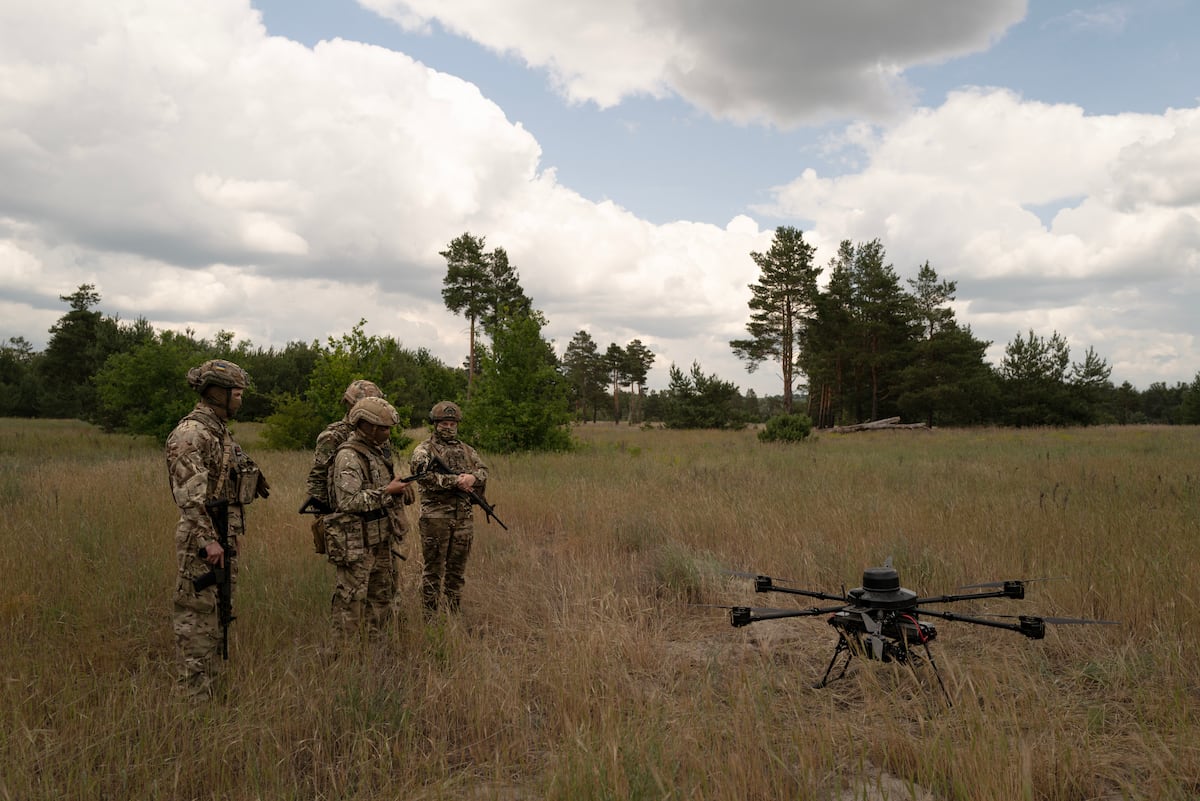
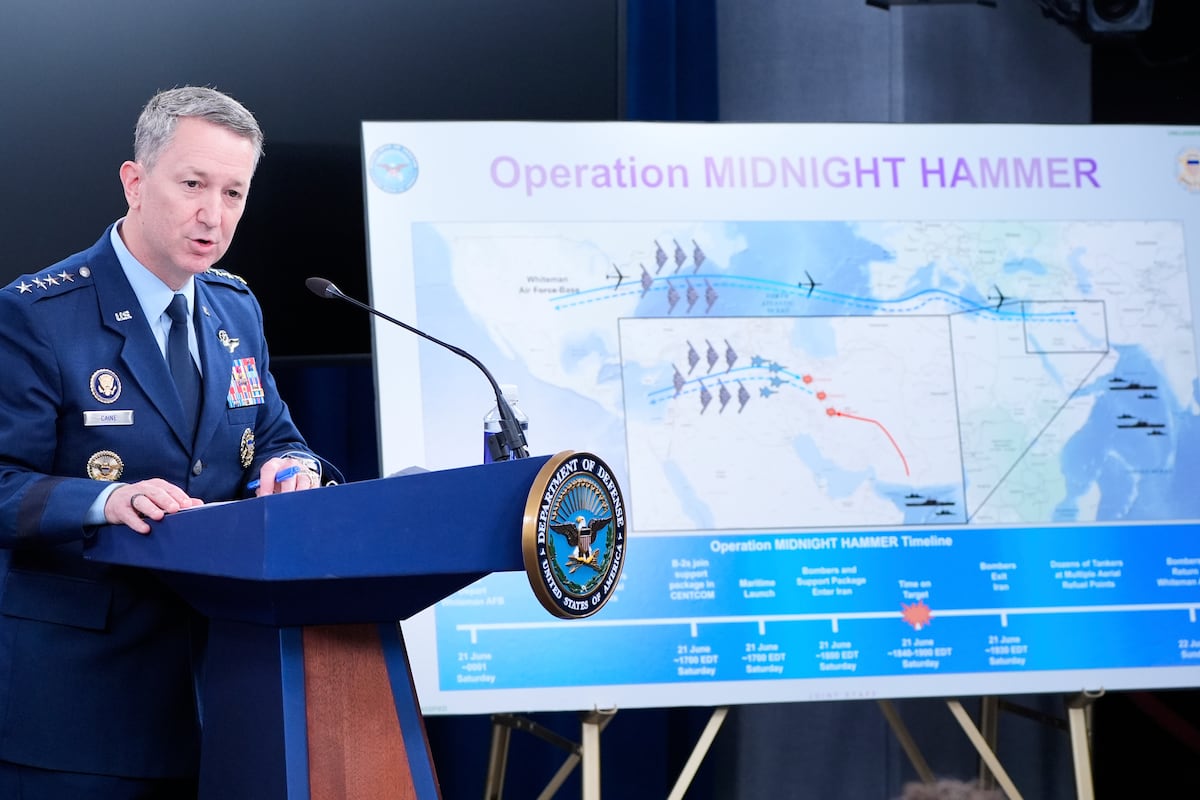

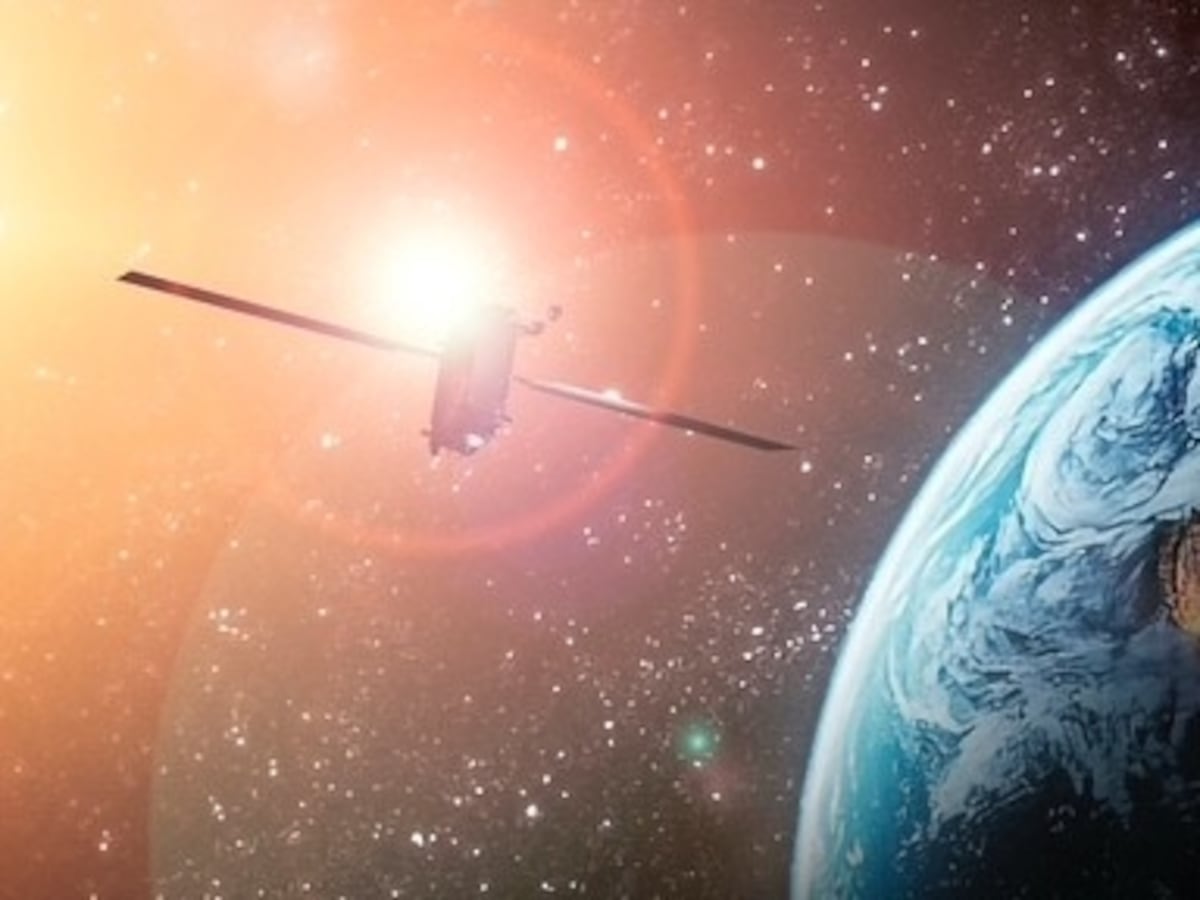
Leave a Reply